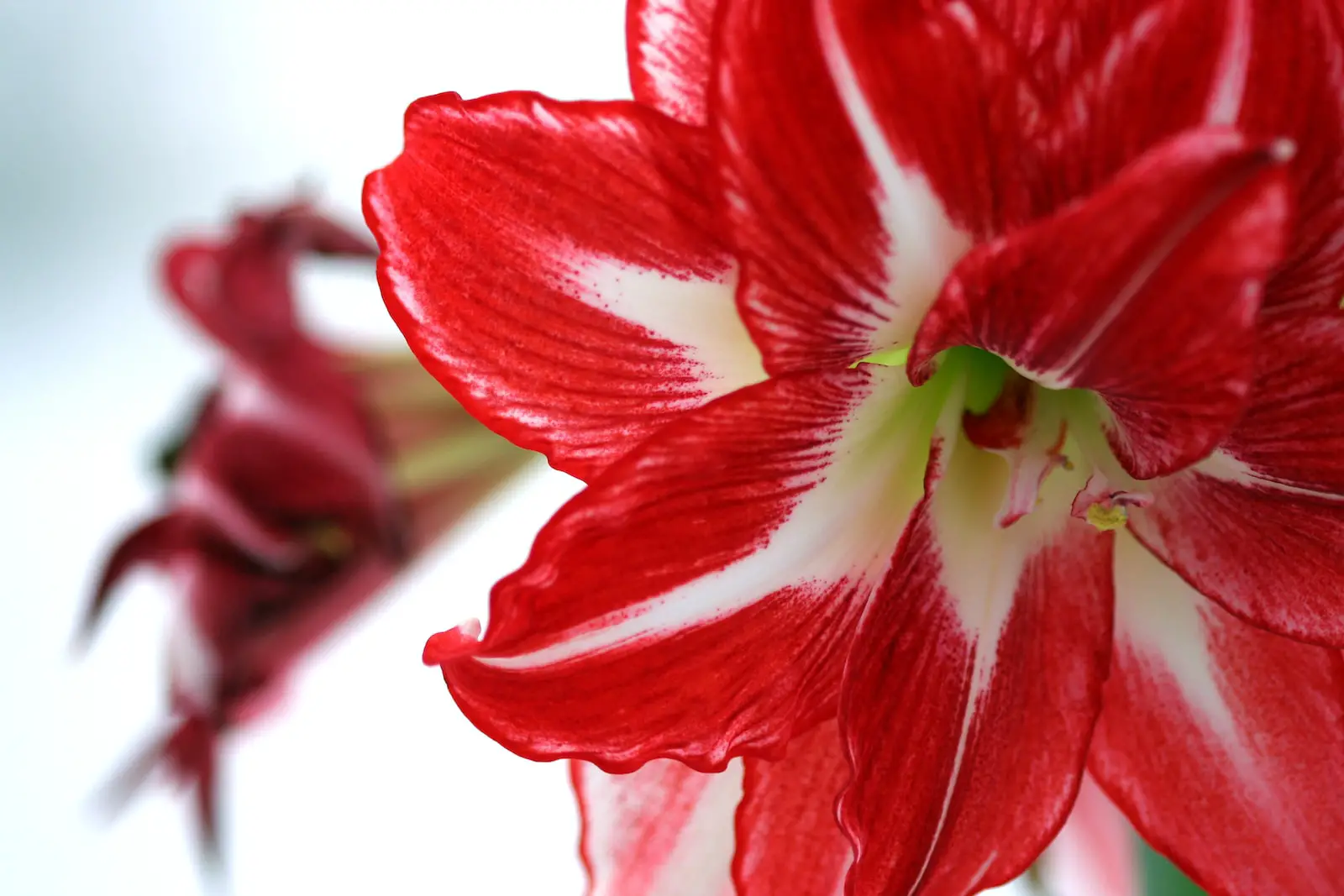Amaryllis is a flower that is often associated with elegance and grace, and it is well-known for its vibrant and beautiful blooms. This popular bulb flower is frequently cultivated for its stunning trumpet-shaped flowers, which can be found in various shades including red, white, pink, and orange. The attractive petals often boast eye-catching patterns and markings.
Native to South America and South Africa, Amaryllis has become a favorite in gardens and homes around the world. The bulbs are typically planted in the early fall for blooming in late December, making them a cherished symbol of the winter holidays. However, with proper care, they can bloom at different times of the year.
Amaryllis plants are not only beautiful but also relatively easy to grow, both indoors and outdoors. They can thrive in various conditions and soil types, but they do require specific care to bloom successfully and maintain their vibrant appearance. Let’s explore the details that can help you enjoy this beautiful plant.
| Attribute | Details |
|---|---|
| Common Names | Amaryllis, Belladonna Lily |
| Botanical Name | Hippeastrum |
| Family | Amaryllidaceae |
| Plant Type | Bulb |
| Mature Size | 18-24 inches tall |
| Sun Exposure | Full sun to partial shade |
| Soil Type | Well-draining, fertile soil |
| Hardiness Zones | 8-10 |
| Native Area | South America, South Africa |
Amaryllis Care
Caring for an Amaryllis requires understanding its growth cycle. The bulbs typically need a period of dormancy before they bloom. After flowering, the leaves remain to nourish the bulb for the next season.
Amaryllis care involves regular watering, adequate sunlight, and appropriate fertilization. Indoor Amaryllis will benefit from bright, indirect light, while outdoor plants thrive in a spot with morning sun and afternoon shade.
Light Requirement for Amaryllis
Amaryllis needs bright but indirect sunlight to grow well. For indoor plants, placing them near a north or east-facing window will offer the right amount of light. Outdoor Amaryllis requires a location with morning sun and afternoon shade to protect against harsh midday rays.
Soil Requirements for Amaryllis
Plant Amaryllis in well-draining, fertile soil. A mix of one part loamy soil, one part sand or perlite, and one part organic matter like compost would provide an ideal environment for the bulbs to thrive.
Water Requirements for Amaryllis
Watering Amaryllis should be done consistently but carefully. The soil should be kept moist but not soggy. Allow the top inch of soil to dry out between waterings to prevent rotting of the bulb.
Temperature and Humidity
Amaryllis prefers temperatures between 60-75°F during the growing season. During the dormancy period, cooler temperatures around 55°F are ideal. Humidity levels can be moderate; however, avoid overly wet conditions.
Fertilizer
Fertilize Amaryllis with a balanced liquid fertilizer every 2-3 weeks during the growing season. Stop fertilizing once the flower stalk appears, and resume after the blooming period is over.
Pruning Amaryllis
Pruning involves removing spent flowers to encourage further blooming and cutting back the leaves after they yellow at the end of the growing season.
Propagating Amaryllis
Propagate Amaryllis through bulb division. Separate offsets from the mother bulb and plant them in the appropriate soil mix.
How To Grow Amaryllis From Seed
Growing Amaryllis from seed is a slow process but can be rewarding. Plant the seeds in a well-draining soil mix, keep them moist, and provide bright, indirect light.
Common Pests & Plant Diseases
Aphids
Aphids can be treated with insecticidal soap.
Bulb Rot
Prevent bulb rot by avoiding overwatering.
Common Problems With Amaryllis
Failure to Bloom
This may occur due to inadequate light or a missed dormancy period. Adjust care as needed.
Leaf Tips Turning Brown
This can be a sign of underwatering or low humidity. Increase water and consider using a humidifier.
Pro Tips
- Provide a period of dormancy by reducing water and placing the bulb in a cooler location.
- Stake tall flower stalks to provide support as they grow.
- Rotate the pot regularly to encourage straight growth.
- Be patient when growing from seed, as it can take years to bloom.
- Consider repotting every 3-4 years to provide fresh soil and space for growing bulbs.

